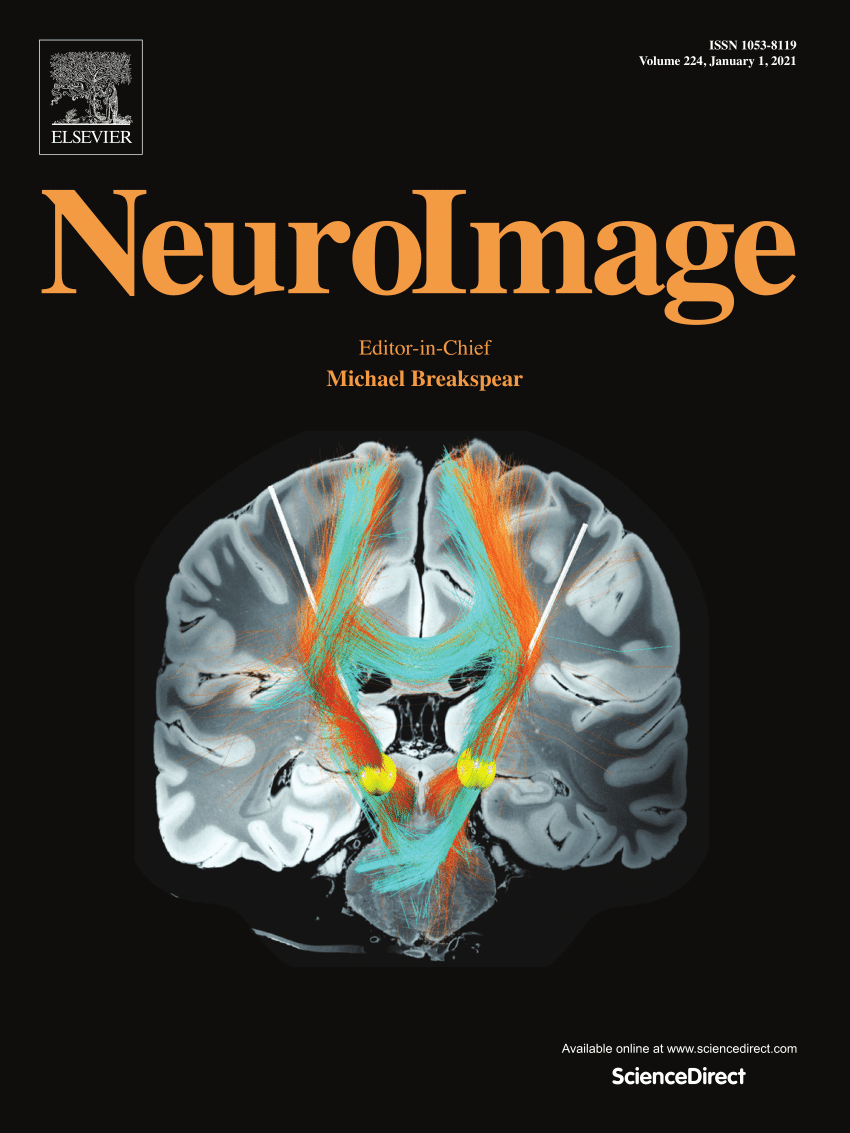简单延迟反应时间任务中预测和反应策略的脑特征:脑电图研究
IF 4.7
2区 医学
Q1 NEUROIMAGING
引用次数: 0
摘要
在一个简单的预提示感觉运动任务中,两种行为模式在逐个试验的基础上自发地出现,其特征是双峰分布。早期和晚期模式可能是两种截然不同的互斥策略的产物:预测性和反应性。预测行为是由一种内部产生的、自上而下的机制驱动的,它允许参与者估计目标刺激的时间。相反,反应性行为依赖于一种外部驱动的、自下而上的机制,参与者在做出反应之前等待目标刺激。在这项探索性研究中,我们旨在进一步验证这两种策略的存在,通过显示它们是基于脑电图模式的可区分性,在时间和频域使用不同的指标进行分析,包括事件相关电位(ERP)、时频表征、调制指数、试验间相位相干性和连通性。与晚期行为反应相比,早期行为反应表现出增强的ERP,称为偶然负变异。这验证了基于时间估计的自上而下的预测机制的假设。此外,我们还发现两种情况在SET期间的脑电动态是有区别的。这一结果进一步证实了对一种策略的承诺并不发生在试验开始之前,而是在SET期间建立起来的假设。在分析go信号后的电活动时,我们观察到早期和晚期反应与不同的EEG特征相关,早期行为表现出典型的自上而下过程特征。在我们的实验中,这两种行为是自然发生的,没有外部操纵,这些操纵可能会引入混淆的认知需求,并模糊策略依赖条件之间脑电图模式的真正差异。本文章由计算机程序翻译,如有差异,请以英文原文为准。
Brain signatures of predictive and reactive strategies in a simple delayed reaction time task: an EEG study
In a simple pre-cued sensorimotor task, two behavioral patterns emerge spontaneously on a trial-by-trial basis, characterized by a bimodal distribution. The early and the late patterns are likely the product of two distinct mutually exclusive strategies: predictive and reactive. Predictive behavior is driven by an internally generated, top-down mechanism, allowing participants to estimate the timing of the target stimulus. In contrast, reactive behavior relies on an externally-driven, bottom-up mechanism, where participants wait for the target stimulus before responding. In this exploratory study, we aimed to further validate the existence of these two strategies by showing they are distinguishable based on EEG patterns, analyzed in both temporal and frequency domains using different metrics, including event-related potentials (ERP), time-frequency representations, modulation index, inter-trial phase coherence, and connectivity. Early behavioral responses showed an augmented ERP, named contingent negative variation, in comparison to late behavioral responses. This validate the hypothesis of a top-down, predictive mechanism, based on temporal estimations. In addition, we showed that EEG dynamics differentiated the two conditions in the SET period. This result further corroborates the hypothesis that the commitment to one strategy does not occur before trial onset but rather builds up during the SET period. When analyzing the electrical activity after the GO-signal, we observed that early and late responses are associated with distinct EEG features, with early behavior displaying feature typical of top-down processes. In our experiment, the two behaviors occurred naturally, without external manipulations that could introduce confounding cognitive demands and obscure genuine differences in EEG patterns between strategy-dependent conditions.
求助全文
通过发布文献求助,成功后即可免费获取论文全文。
去求助
来源期刊

NeuroImage
医学-核医学
CiteScore
11.30
自引率
10.50%
发文量
809
审稿时长
63 days
期刊介绍:
NeuroImage, a Journal of Brain Function provides a vehicle for communicating important advances in acquiring, analyzing, and modelling neuroimaging data and in applying these techniques to the study of structure-function and brain-behavior relationships. Though the emphasis is on the macroscopic level of human brain organization, meso-and microscopic neuroimaging across all species will be considered if informative for understanding the aforementioned relationships.
 求助内容:
求助内容: 应助结果提醒方式:
应助结果提醒方式:


